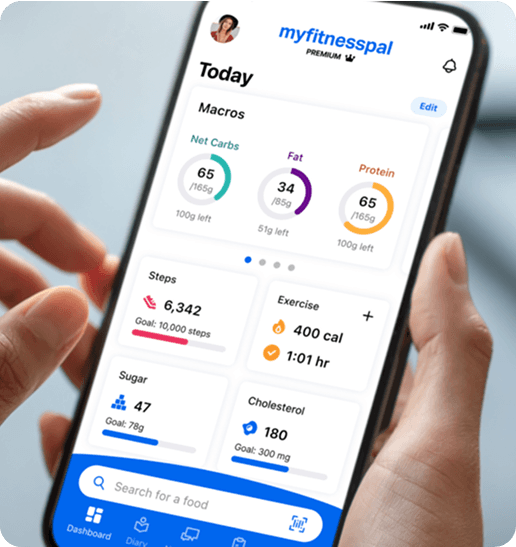Our clinical team will carry out a thorough health assessment to check if treatment is safe and right for you. If you have a personal or family history that may slightly increase the risk of rare side effects, your doctor will take extra care and recommend a safer alternative if needed.
Clinician-led weight
loss treatment
Our weight loss program offers personalised care tailored to your needs, all under the guidance of experienced medical professionals.















